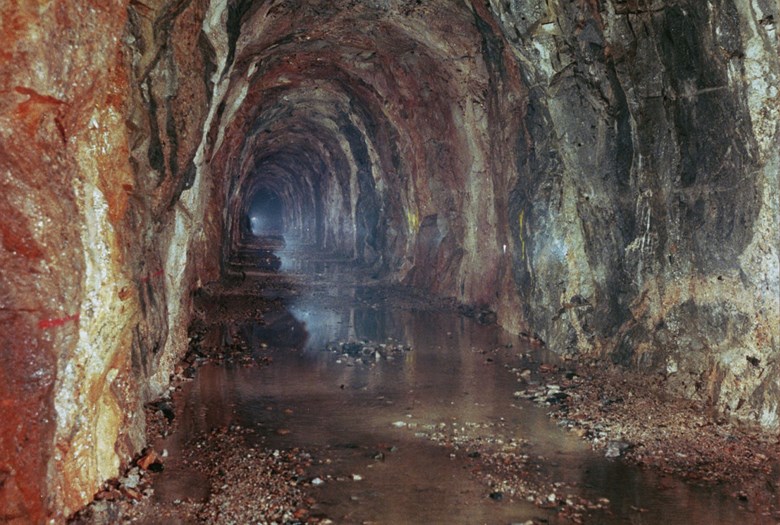Pääkaupunkiseudun Vesi and the Päijänne Tunnel

Pääkaupunkiseudun Vesi Oy is responsible for supplying a sufficient amount of high-quality raw water to be used by water supply plants that produce drinking water for approximately 1.3 million residents at present. The company was founded in 1972 and the construction of the Päijänne Tunnel began in 1973. The Päijänne Tunnel was completed in 1982.
The shareholders of Pääkaupunkiseudun Vesi Oy include the Helsinki Region Environmental Services Authority (HSY) municipal federation (Helsinki, Espoo, Vantaa, Kauniainen), Porvoon Vesi, Keski-Uudenmaan Vesi municipal federation (Järvenpää, Kerava, Tuusula, Sipoo), Hyvinkään Vesi, Kirkkonummen Vesi, and Nurmijärven Vesi. Since 2011, most of the company’s operations have by agreement been the responsibility of HSY.
Päijänne Tunnel
The Päijänne Tunnel leads raw water from Läke Päijänne to the Helsinki region. It secures access to sufficient, clean raw water for more than one million residents. This second longest continuous rock tunnel in the world runs 30–100 metres below the earth’s surface. The length of the tunnel is 120 kilometres.
Back in the 1960s, it was discovered that the local water resources in the Helsinki metropolitan area were of poor quality and dwindling. The municipalities of the Helsinki metropolitan area decided to organise water supply together and founded Pääkaupunkiseudun Vesi Oy in 1972. The construction of the Päijänne Tunnel took almost 10 years. The tunnel was commissioned in 1982.
The tunnel starts from the southern end of Lake Päijänne, Asikkalanselkä, where the water intake spot is located 25 metres below the surface. This ensures that the water entering the tunnel remains cool (0.5–11 degrees Celsius) all year round. The tunnel ends in the Silvola reservoir near HSY’s Pitkäkoski water treatment plant.
With free fall, the maximum volume of water flowing in through the tunnel would be 10 m3/s, but currently the average flow rate of water is kept at 3.3 m3/s. In addition to the water treatment plant, the water is also led into Lake Ridasjärvi and Lake Rusutjärvi by KUVES to improve the water quality of these lakes and their outgoing rivers in the summer season.
The height difference in the tunnel between Lake Päijänne and the Silvola reservoir is utilised to produce around 7,300 megawatt-hours of electricity from the flowing water in the Kalliomäki hydroelectric power plant every year.
The water quality of southern Lake Päijänne is close to natural state and a good example of the results of decades of water protection work. Lake Päijänne will not run out of water, as only about 1% of the mean flow that otherwise runs into the Kymijoki River goes into the tunnel.
Contact information
Administration, licensing
CEO
Arto Kallio
arto.kallio@hsy.fi
PO Box 500, 00066 HSY
Customer service (HSY)
09 1561 2110
(weekdays 8.30 a.m.−3.30 p.m.)
Postal address
Pääkaupunkiseudun Vesi Oy
PO Box 500
00066 HSY
Shareholders of Pääkaupunkiseudun Vesi Oy
Helsinki Region Environmental Services Authority HSY
Porvoon Vesi
Keski-Uudenmaan Vesi municipal federation
Hyvinkään Vesi
Kirkkonummen Vesi
Nurmijärven Vesi